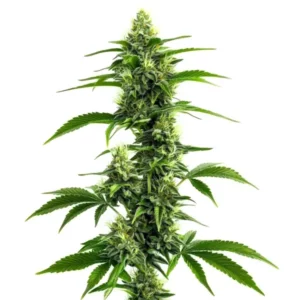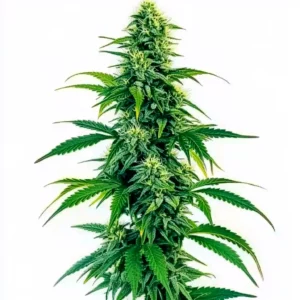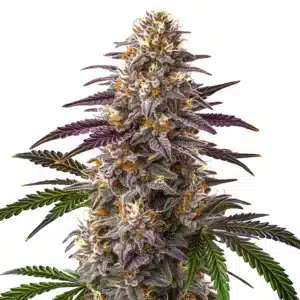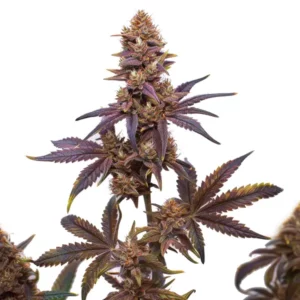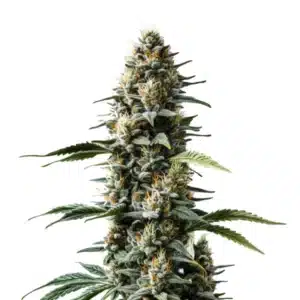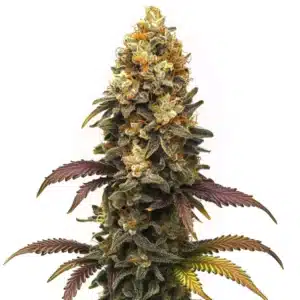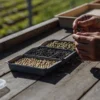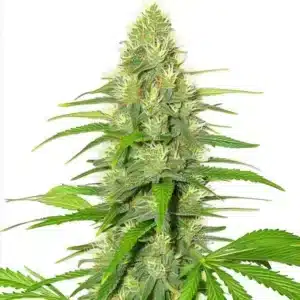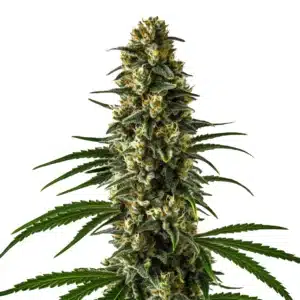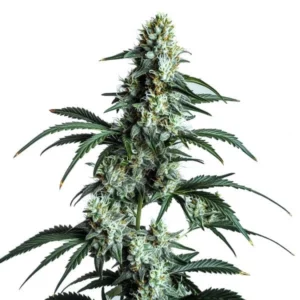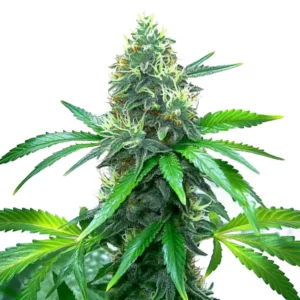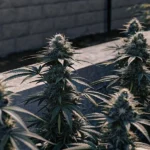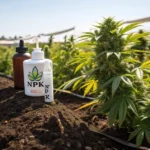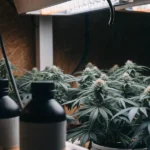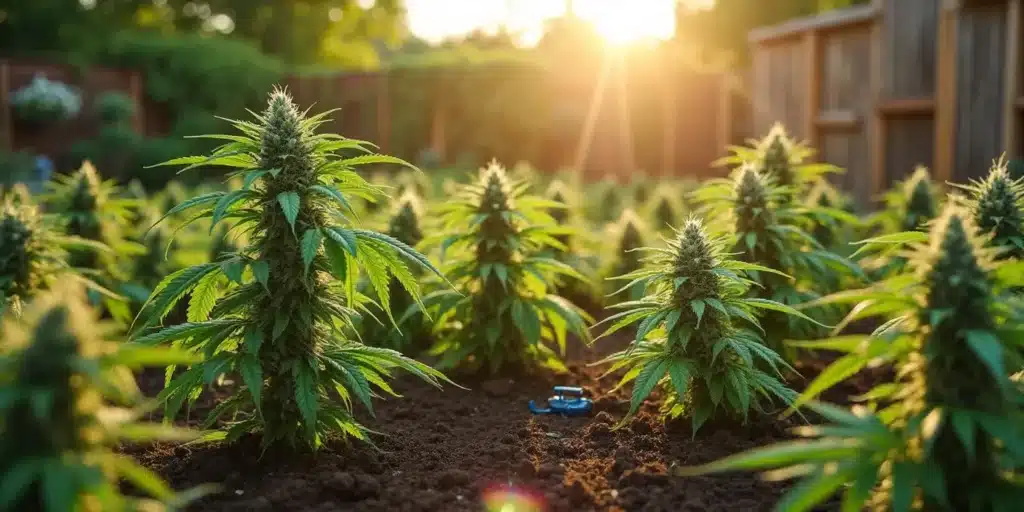
Fertilizing Outdoor Cannabis: A Comprehensive Guide
Nutrients for Cannabis Growth
Just like people, cannabis plants need certain nutrients to grow strong and healthy. Think of nutrients as the essential ingredients in a recipe for success! The three key macronutrients are nitrogen, phosphorus, and potassium. Each nutrient plays a critical role: nitrogen helps your plant grow leafy greens, phosphorus supports robust root systems and flowering, while potassium is like a superhero for overall plant health, helping your plant resist stress and absorb nutrients.
Many growers find great success using nutrient-rich soils that deliver these essential elements. These special soils often contain organic matter, which not only nourishes the plants but also enriches the soil over time. You can purchase pre-mixed soils from local gardening centers, giving your plants the perfect head start they need to thrive outdoors.
Recommended Strains
Afghan Kush x Super Skunk
|
|
THC | 18% - 20% (Medium) |
|
|
Type | Feminized |
|
|
Yield | Medium |
|
|
Phenotype | 80% Indica / 20% Sativa |
Acapulco Gold Autoflower
|
|
THC | 20% - 24% (Medium) |
|
|
Type | Autoflowering |
|
|
Yield | Medium |
|
|
Phenotype | 30% Indica / 70% Sativa |
Promos & Deals
Types of Fertilizers Available
When it comes to giving your outdoor cannabis the right boost, knowing your fertilizer options makes all the difference. Here are some popular choices that can help your plants flourish:
- Organic Fertilizers: These come from natural sources like compost, manure, and bone meal. They are great for enriching your soil gradually, allowing nutrients to be released over time, much like a slow but steady hand of support for your plants.
- Chemical Fertilizers: These options are manufactured and usually concentrated, offering quick solutions to plant needs. They can deliver fast results, making them ideal for a quick boost if your plants show signs of stress.
- Slow-Release Fertilizers: Perfect for busy gardeners, these fertilizers provide nutrients gradually, easing the need for frequent applications. This option is like a set-it-and-forget-it approach that keeps on giving.
Choosing the right fertilizer often depends on your gardening style and personal preferences. Both organic and chemical fertilizers have their perks and limitations. Organic fertilizers are better for the environment, while chemical options may promote faster growth. Combining both types may offer benefits to create the healthiest garden possible.
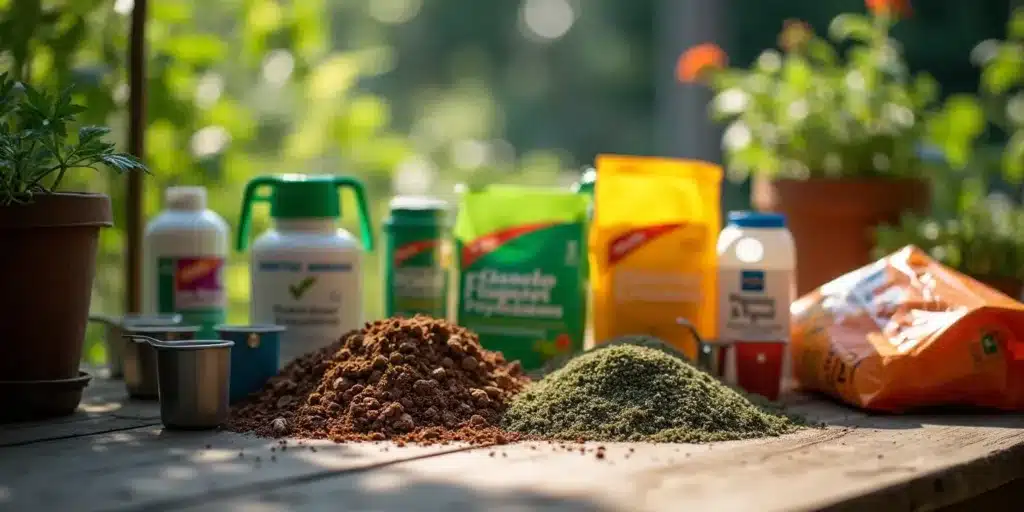
When to Fertilize Cannabis Plants
Timing is everything when it comes to fertilizing your cannabis plants. Navigating the different growth stages means understanding when your plants need each nutrient. For example, during the vegetative stage, your plants will crave nitrogen to help them create vibrant leaves and sturdy stems. As they transition to the flowering phase, they’ll start looking for more phosphorus and potassium to promote flowering.
A useful tip is to start feeding your plants about two weeks after they sprout. This timing gives them a solid nutritional base before they head outdoors. As your plants flourish, adjust your fertilization routine based on their reactions. Yellowing leaves may indicate they need more nitrogen, while burnt leaf tips could signal over-fertilization. Fine-tuning your approach is key!
How Much Fertilizer to Use
Getting the right amount of fertilizer can feel overwhelming, but starting with the manufacturer’s instructions is a good strategy. However, keep a close eye on your plants and be ready to adjust as their needs evolve.
For young plants, a half-dose can prevent potential nutrient burn, while mature plants usually tolerate stronger doses without issue. Remember, moderation is essential, as too much fertilizer can lead to salt build-up in the soil, complicating nutrient uptake. Regularly flushing the soil with water can help keep everything on track.
Watering and Fertilizing: A Delicate Balance
Watering and fertilizing go hand in hand, acting like a dynamic duo in your gardening journey. For optimal nutrient absorption, it’s essential to create a consistent watering routine. Plants need water to help those nutrients flow through their systems, so ensuring they get enough moisture is crucial.
Many growers incorporate liquid fertilizers into their watering schedule. This method ensures the nutrients are well-distributed throughout the root zone. For those using granular fertilizers, a good practice is to water thoroughly after application to dissolve the nutrients, making them readily available for uptake.
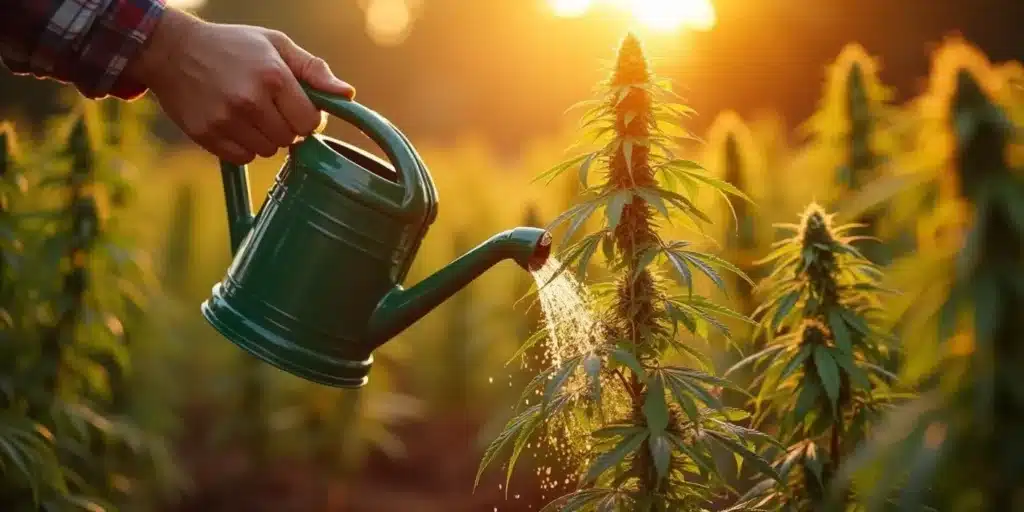
Monitoring pH Levels
The pH level of your soil can greatly influence how well your plants can access nutrients. Ideally, cannabis thrives in soil with a pH between 6.0 and 7.0. If you’re watering with a pH that is outside of this range, you risk locking out essential nutrients that your plants desperately need.
To keep things in check, regularly monitor the pH using test kits available at gardening stores. If you discover your soil pH is off balance, consider making adjustments with products specifically designed to modify pH levels. For example, vinegar can help lower the pH, while lime can effectively raise it. Achieving a balance ensures your plants have the best chance to absorb the nutrients stored in the soil.
Organic Amendments to Consider
Adding organic amendments to your garden can elevate your cannabis plants to new heights! Compost, fish emulsion, and seaweed extract are fantastic options that provide numerous benefits. Compost improves soil structure and provides a wide array of nutrients, enriching the ecosystem in your garden.
Fish emulsion is rich in nitrogen, making it an excellent choice during the vegetative stage of growth. Seaweed extract is packed with micro-nutrients, promoting vigor and resilience in your plants. Incorporating these organic amendments at the right times can lead to healthier, more bountiful yields, showcasing the fruits of your labor.
Strains That Thrive Outdoors
Choosing the right cannabis strain for outdoor cultivation can make all the difference in your gardening success. Some strains adapt beautifully to outdoor conditions. Here are three fan-favorites known for their outdoor prowess:
- Blue Dream: This hybrid is beloved for its balanced effects and thrives in sunny climates, promising a hearty yield with proper care.
- White Widow: Renowned for its resilience, White Widow is well-suited for outdoor growth, rewarding growers with potent buds and delightful aromas.
- Super Lemon Haze: A sativa-dominant strain that delivers uplifting effects, it flourishes outdoors, particularly in sun-rich environments.
These strains not only adapt well to external conditions but also provide satisfying yields when cared for appropriately. Understanding your plants can truly help maximize your enjoyment of the growing process.
Common Issues and Solutions
Even with careful planning, challenges may arise during your growing journey. Here are some frequent issues growers experience when fertilizing outdoor cannabis, along with practical solutions to help overcome them:
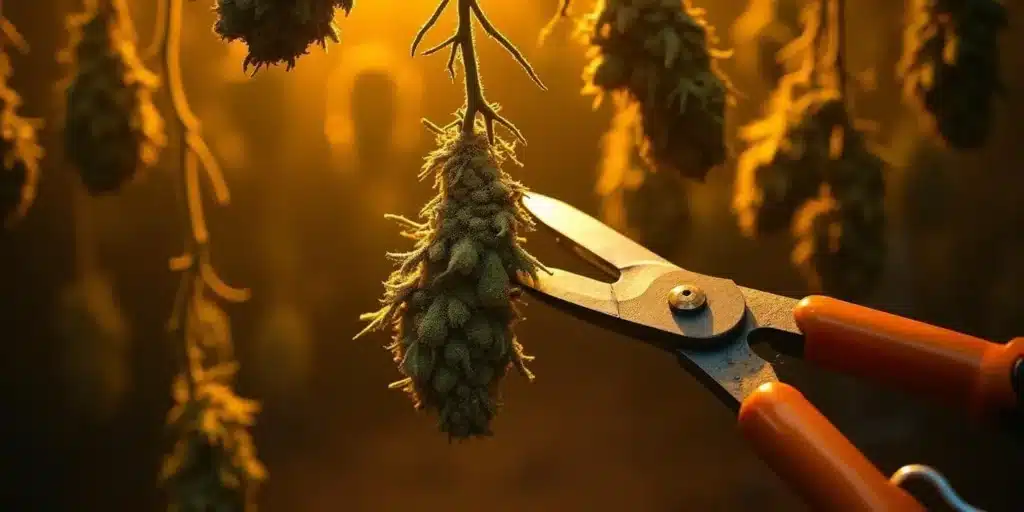
- Nutrient Deficiencies: Symptoms like yellowing leaves or slowed growth patterns indicate your plants may be lacking certain nutrients. Adjust your fertilization strategy by providing balanced nutrients rich in what’s missing.
- Nutrient Burn: If you notice brown tips on leaves, it might signal over-fertilization. In this case, cut back on the fertilizer dosage and flush the soil with plenty of water to leach out excess nutrients.
- Pest Infestations: Pests can wreak havoc if left unchecked. Make it a habit to inspect your plants regularly, and consider using organic pest control methods to reduce damage effectively.
By implementing these solutions promptly, you’ll help your plants bounce back and thrive, ensuring they stay on the path to successful growth throughout their life cycle.
Proper Harvesting Techniques
After nurturing your cannabis plants through their growth stages, mastering the harvesting process is essential for realizing the best quality for your efforts. Knowing when to harvest is crucial; you’ll want to look for trichomes that appear milky white or amber, signaling peak potency and flavor.
To achieve a clean cut, utilize sharp scissors or pruning shears—this minimizes damage to the plants and preserves their quality. Once harvested, hang the branches upside down in a dark, dry area to cure properly. Curing is a vital step that enhances flavor and effects, ensuring a delightful reward for your hard work.
FAQs about Fertilizing Outdoor Cannabis
What is the best time to start fertilizing my outdoor cannabis plants?
The ideal timeframe for beginning fertilization is typically about two weeks after the seeds have sprouted. This approach lays a solid foundation, promoting healthy growth as your plants adapt to their outdoor environment.
How can I tell if my cannabis plants are over-fertilized?
Signs of over-fertilization include burnt leaf tips, yellowing leaves, and restricted growth. If these symptoms arise, consider reducing the amount of fertilizer being used and flushing the soil with water to alleviate the excess.
Can I use kitchen scraps as fertilizer for my plants?
Absolutely! Kitchen scraps can be an excellent resource for compost. Things like vegetable peels, coffee grounds, and eggshells can add valuable nutrients to your soil, as long as they are properly composted beforehand to avoid attracting pests.
What are slow-release fertilizers, and how do they work?
Slow-release fertilizers provide a steady supply of nutrients over an extended period, rather than flooding your plants all at once. They work by dissolving gradually in moisture, allowing your plants to absorb nutrients at their own pace, which can be especially useful for busy gardeners.
How often should I fertilize my outdoor cannabis plants?
The frequency of fertilization can vary based on your chosen fertilizer type and the growth stage of your plants. Typically, liquid fertilizers can be applied every two weeks, while granular fertilizers might require less frequent use depending on manufacturer recommendations. Just remember to monitor your plants and adjust as needed!


